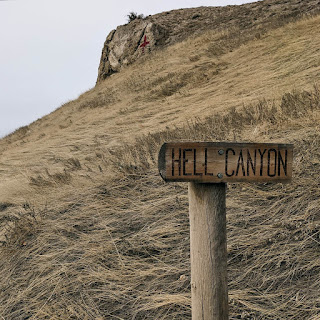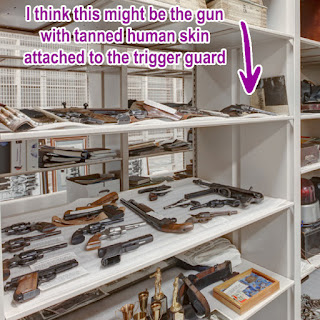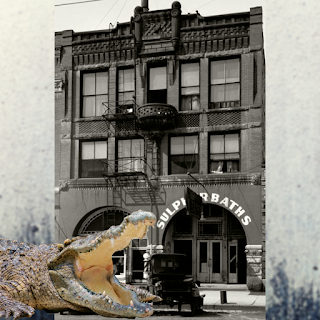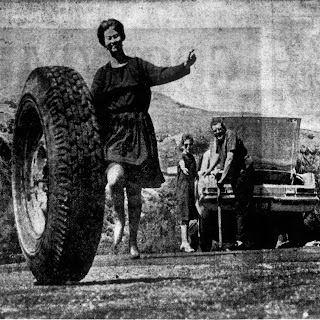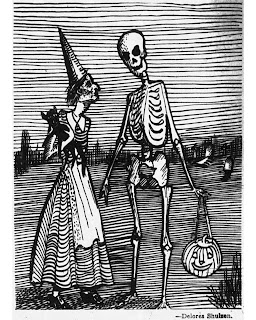 |
| Ruth Delores Shulsen's award-winning Halloween drawing, from Salt Lake Tribune 1937-10-31 |
Happy Halloween! This spooky but cute drawing was done by 15-year-old Ruth Delores Shulsen and published on Halloween 1937 by the Salt Lake Tribune (Image 1).
At the time Ruth (Image 2) was a participant of the Tribune-Telegram Youth Activity Club (YAC) which was an organization sponsored by the Salt Lake Tribune in the 1930s. The club offered daily activities for thousands of Utah’s children all taught by knowledgeable adults from the community
Typical activities of the club included swimming classes, tennis groups, arts and crafts, first aid classes, drum and bugle corps, marching band, movie outings, science and nature classes, woodworking, and a whole lot more. Both boys and girls were encouraged to attend any activity they wished (Image 3).
This drawing won 2nd place in the Youth Activities Halloween drawings contest and Ruth was awarded $2 (~$38 in today’s money). The 1st place drawing was done by Diana McQuarrie and featured a couple in Halloween costumes kissing on the dance floor (personally I like Ruth’s drawing better). Diana was awarded $3 for her drawing.
In their Youth Activities Club section of the newspaper, the Salt Lake Tribune also often published Ruth’s drawings of famous women along with a short biography in a section called “Guess Who?” (Image 4).
The Shulsen family lived on a 40-acre farm on the southeast corner of 9000 South and Redwood Road in West Jordan (now occupied by a strip mall, parking lot, and several fast-food restaurants). At the time, West Jordan was very rural and the closest neighbors were a quarter-mile away. Ruth graduated from Jordan High School in 1940 and one year later married the neighbor boy next door, Horace S. Young Jr.
Ruth was knowledgeable about literature and loved to write, draw, and paint with watercolors.
Sources: SL Trib 1937-10-03; SL Trib 1937-10-24; SL Trib 1936-06-28; FamilySearch documents
 |
| Ruth Delores Shulsen 17-years-old, from FamilySearch |
 |
| Youth Activities Club, From Salt Lake Tribune 1936-06-28 |
 |
| Some of Ruth’s “Guess Who?” illustrations, from SL Trib (L to R) 1938-06-05, 1938-03-06, 1938-01-23 |


